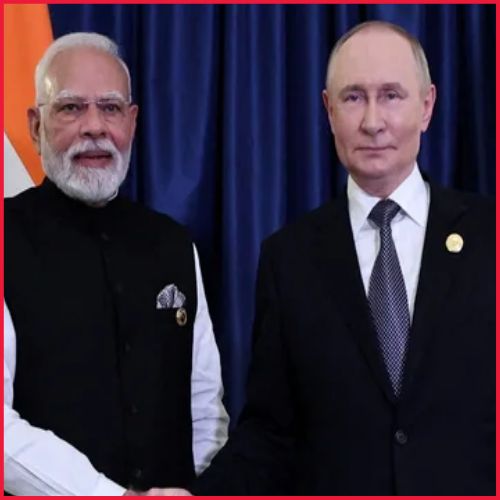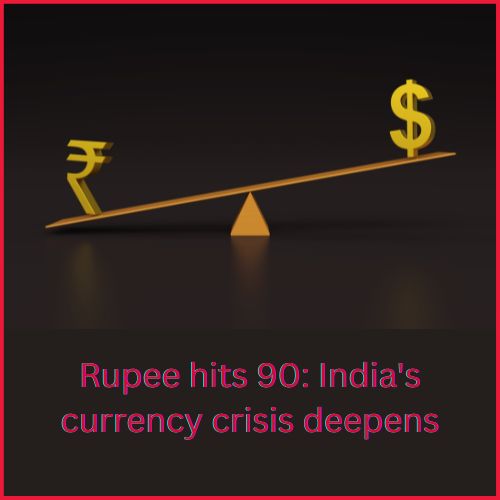In order to build and manage a $4 billion facility in India, YJ Chen, the newly appointed CEO of Vedanta Resources Ltd.’s unproven display sector, is looking to acquire international expertise.
YJ Chen, a former employee of the Chinese display manufacturer HKC Corp., stated that the display venture will soon start hiring people from South Korea, Taiwan, Japan, and other places to build up a liquid crystal display panel fabrication plant in India. According to him, the factory might result in the creation of 3,500 direct jobs.
Chen, who has 23 years of expertise in the display sector, stated in an interview in Mumbai, India’s financial capital, “We need a lot of technicians, very talented people.” “People are the biggest challenge,” someone said.
Anil Agarwal, a billionaire businessman, is expanding his metals and mining conglomerate into the electronics component market in order to benefit from India’s efforts to become a centre for technology manufacturing despite its enormous debt load. Since the display firm is independent of Vedanta’s faltering semiconductor venture and requires less technical expertise, it might have an easier time succeeding.
Vedanta intends to produce glass and put together LCD panels at its new factory. For the display business, Vedanta has teamed with Foxconn Group affiliate Innolux Corp. If the factory receives essential funding from the government of Prime Minister Narendra Modi, Chen said, manufacturing might begin around the end of 2025.
To entice chip and display manufacturers to India, Modi has promised to invest $10 billion and vowed that his administration will pay for half the cost of establishing all semiconductor and display fabrication facilities. While Vedanta’s aspirations for chips have not yet received official support, its display business may have an easier time receiving state incentives because it has established important tech alliances. AvanStrate, a company based in Japan that creates layers for LCD screens, is also owned by Vedanta.
The major display manufacturers in the world are transitioning away from LCD technology and towards more precise OLEDs. Samsung Display Co., the market leader in display technology, has stopped creating LCDs in favour of investing a huge amount of money in developing next-generation displays. The production of LCDs is also being reduced at its domestic rival, LG Display Co.
With its drive into displays, Vedanta hopes to capture a portion of India’s display market, which it projects will reach $30 billion in annual sales over the following seven years. For long-term success, it will need to compete with cheap Chinese LCDs and create newer screens.
The supply chain must be created by us in India, according to Chen. In order to compete with the Chinese, we’ll focus our attention on new designs that are more affordable.














